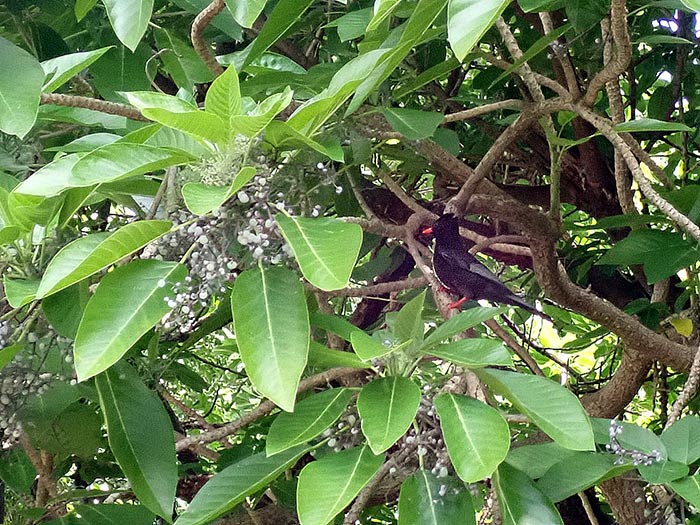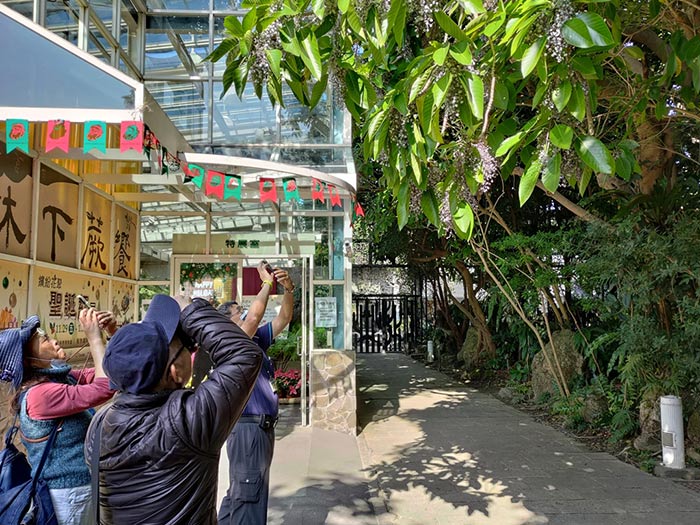Dendrocnide meyeniana
The Chinese name of this plant means “biting dog,” but don't worry about being bitten by sharp teeth if you get close, as long as you don't climb trees or pick leaves, you won't be harmed. Many parts of the plant, including the leaves, have “urticating hairs” on the surface, which can cause an inflamed, itchy reaction of human skin when touching, and it is described as a very unpleasant reaction like being bitten by a dog. How terrible is this reaction? Let's take a look at what the indigenous Tao people say about it.
Tao people call the poisonous wood nettle “ahateng,” which means “to avoid.” The traditional saying is that the devil uses this tree to harm people, so the victim must use this tree to hit the place of victimization to expel the devil. Even the devil is afraid of it, so it is clear that the local people are in great awe of the poisonous wood nettle, which is also used in other rituals such as funerals and getting rid of filth.
The poisonous wood nettle is a native plant of Taiwan, and can be found from the lowlands of the island to an altitude of less than 800 meters, in the jungles of mountainous areas, riversides or seashores where the environment is with abundant sunlight and a slightly humid, so it can be used as an indicator of a warm and humid environment. The poisonous wood nettles are planted in the Coral Atoll Area of the Botanical Garden, with the most obvious plants near the Special and Ferns Exhibit Room.
The fruits of the poisonous wood nettle ripen at the end of each year. They look mauve from afar, but are white to light purple translucent when viewed closely. The crystal clear and cute look makes people salivate and attract many birds to come and feed on them. In fact, the white translucent part is the fleshy receptacle, and the real fruit is the black achene inside, which can be easily overlooked if you do not look closely.
If you want to watch birds in the Botanical Garden in winter, don't forget to look for the poisonous wood nettles in the garden. They are dioecious plants, and only the females bear fruits, so not every tree has fruits, and birds and other animals will choose the female trees that are full of fruits to gather, and the one in front of the Special and Ferns Exhibit Room is a female tree.

